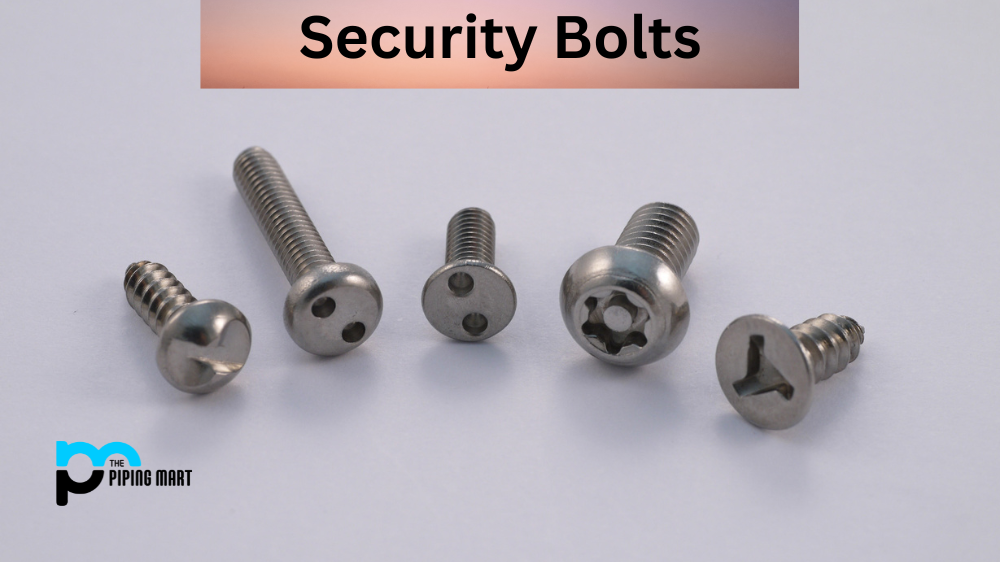If you’re new to DIY projects or home improvements, it’s essential to understand the difference between lag screws and wood screws. While both types of screws have their uses, they are used in different situations and require additional installation techniques. Let’s look at the differences between lag screws and wood screws so you can make an informed decision when it comes time to choose which type of screw is right for your project.
What is Lag Screw?
Lag screws are heavy-duty fasteners that are designed for use with wood. They are typically used to secure large pieces of wood or objects into the wood. Lag screws have a thicker shaft than regular wood screws, which means they can be driven with more force without stripping the head. They also have a coarser thread than most wood screws, which allows them to bite into the material more securely. Because of these two features, lag screws are ideal for heavy-duty applications such as attaching fence posts or decks to house framing members.
What is Wood Screw?
Wood screws are smaller and thinner than lag screws, making them better suited for lighter-duty applications such as attaching trim pieces to cabinets or furniture frames. They also have finer threads than lag screws, making them better suited for softer materials like plywood and particle board. Wood screws can be driven with less force because they don’t require as much torque as lag screws due to their smaller size and thinner shaft wall thickness. This makes them easier to drive into soft materials like plywood without splitting the material or stripping out the head of the screw.
Difference Between Lag Screws and Wood Screws
How are lag screws and wood screws different?
Lag screws are more significant than wood screws and have a pointed tip, while wood screws have a blunt end. Lag screws are typically used in construction applications, while wood screws are used in furniture applications.
Benefits of Using a Lag Screw?
Some benefits of using a lag screw include that they are solid and can be used in high-stress applications. Additionally, lag screws are less likely to strip out than wood screws.
Benefits of Using a Wood Screw?
Some benefits of using a wood screw include that they are less expensive than lag screws and can be driven into place with an ordinary drill. Additionally, wood screws provide a more finished look than lag screws.
Which type of Screw Should I Use?
The type of screw you should use depends on the application you are working on. If you need a strong joint under high stress, you should use a lag screw. If you need a less expensive joint that can be driven in with an ordinary drill, then you should use a wood screw.
Conclusion
Lag screws and wood screws are used for DIY projects and home improvement jobs – it just depends on what you’re trying to accomplish! Lag screws are better suited for heavier-duty applications where strength is paramount. At the same time, woodscrews provide a lightweight solution for lighter-duty tasks like attaching trim pieces to cabinets or furniture frames. No matter which type of screw you need for your project, understanding the differences between lag and woodscrews will help ensure your job is done correctly!

Abhishek is a seasoned blogger and industry expert, sharing his insights and knowledge on various topics. With his research, Abhishek offers valuable insights and tips for professionals and enthusiasts. Follow him for expert advice on the latest trends and developments in the metal industry.




